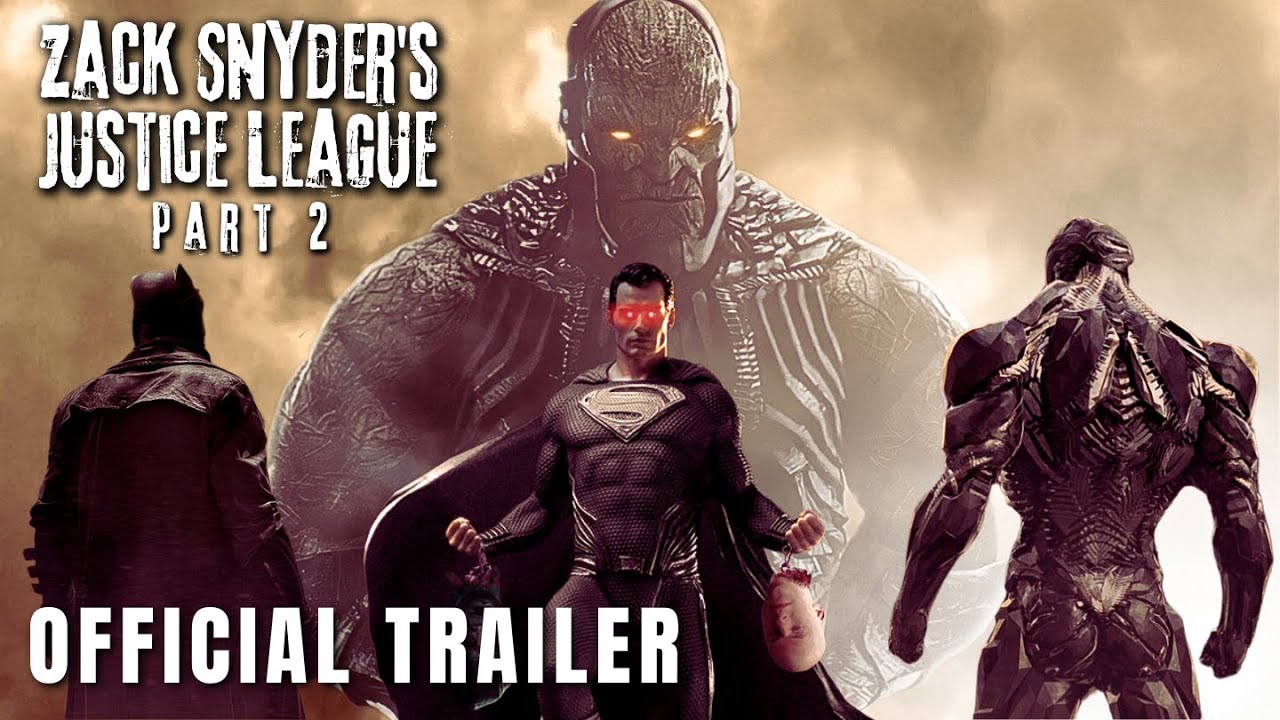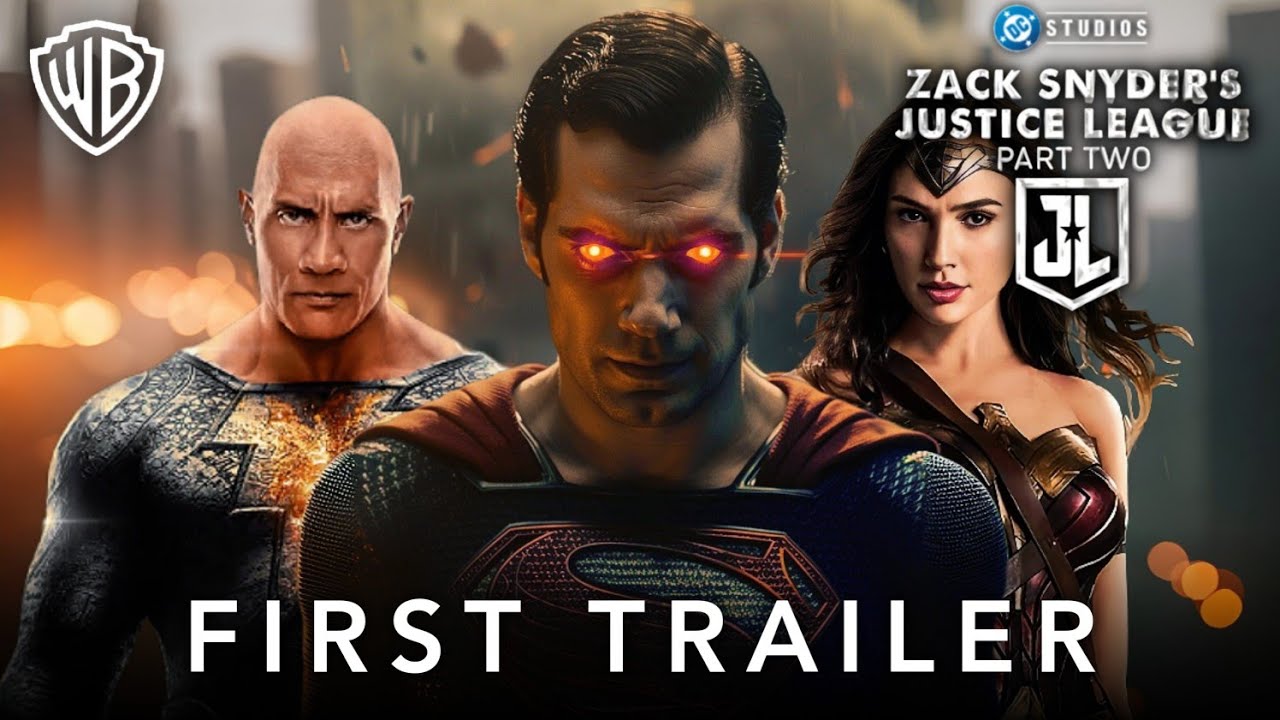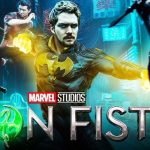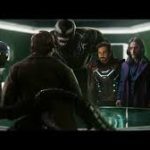Zack Snyder’s Justice League: Part 2

Rating: 9/10
In the pantheon of superhero cinema, few directors have stirred as much passion, controversy, and outright revolution as Zack Snyder. His 2021 magnum opus, Zack Snyder’s Justice League, wasn’t just a film; it was a reclamation project, a defiant middle finger to studio meddling, and a love letter to DC’s mythic lore. Four years later, with the barriers of corporate reboots seemingly crumbling under fan demand and a more receptive Warner Bros., Snyder delivers Justice League: Part 2—a sprawling, operatic sequel that doesn’t just tie up loose ends but explodes the DC Extended Universe into a bold new epoch. Clocking in at a hefty 3 hours and 45 minutes, this is cinema as epic poetry, where slow-motion symphonies collide with existential dread, and every frame pulses with the weight of gods at war.
The story picks up mere months after the events of the first film, with the Justice League still licking their wounds from Steppenwolf’s invasion. Bruce Wayne (Ben Affleck, grizzled and world-weary as ever) is haunted by fragmented visions of a Knightmare future—a dystopian hellscape where a corrupted Superman (Henry Cavill) stands as Darkseid’s enforcer. As omens mount—the skies cracking like shattered glass, ancient Mother Boxes humming with malevolent energy—the team assembles once more. Wonder Woman (Gal Gadot) grapples with her Amazonian heritage amid whispers of betrayal from Themyscira; Aquaman (Jason Momoa) dives into Atlantean politics turned treacherous; Cyborg (Ray Fisher, in a performance that demands awards chatter) confronts his fractured humanity; and The Flash (Ezra Miller) speeds through timelines, desperate to avert catastrophe. Enter the looming shadow of Darkseid (voiced with volcanic menace by an uncredited Ray Porter, whose physical presence is felt more than seen), the tyrant of Apokolips, whose invasion isn’t just a battle for Earth but a philosophical assault on free will itself.
Without spoiling the labyrinthine plot—Snyder’s narrative is a web of prophecies, flashbacks, and multiversal what-ifs—Part 2 leans hard into the cosmic horror elements teased in the original. It’s less about quippy team-ups and more about the fragility of heroism in the face of apocalypse. Snyder’s script, co-written with Chris Terrio, expands on the Knightmare sequences from Batman v Superman, transforming them from fever-dream teases into a gut-wrenching alternate reality that bleeds into our heroes’ present. The result is a film that feels like The Lord of the Rings meets 2001: A Space Odyssey, with DC’s pantheon as flawed demigods questioning their own divinity. It’s ambitious to a fault, occasionally meandering in its philosophical detours, but those moments—Flash’s heart-wrenching time-loop soliloquy, or Diana’s sword-forged epiphany—elevate it beyond genre trappings.


Visually, this is Snyder at his most intoxicating. Cinematographer Fabian Wagner bathes the screen in desaturated blues and fiery crimsons, turning Metropolis into a neon-lit graveyard and the halls of Apokolips into a biomechanical nightmare straight out of H.R. Giger’s sketchbook. The action sequences are balletic carnage: a mid-air duel between Superman and Parademons that defies gravity, Wonder Woman’s lasso whipping through a storm of Boom Tubes like a golden thunderbolt. Junkie XL’s score swells with Gregorian chants and industrial percussion, syncing perfectly with Snyder’s signature slow-mo—here used not as gimmick but as a meditative tool to underscore the heroes’ isolation. One standout set piece, a siege on the Hall of Justice that unfolds in real-time reverse, is the kind of technical wizardry that demands repeat viewings on the biggest IMAX screen possible.
The ensemble shines brightest when given room to breathe, a luxury the theatrical Justice League cut cruelly denied them. Affleck’s Batman, armored in tactical regret, delivers his most vulnerable turn yet, a man armored against the world but crumbling within. Cavill’s Superman, teetering on the edge of redemption and rage, is a revelation—his eyes alone convey the torment of a god unmoored. Gadot commands every scene with regal ferocity, while Momoa and Miller inject levity without undercutting the stakes. Fisher’s Cyborg anchors the emotional core, his arc a poignant exploration of identity in a digital age that feels ripped from today’s headlines. New additions, like J.K. Simmons as a scheming Commissioner Gordon and a brief, electrifying cameo from a returning Jared Leto as the Joker, add layers of intrigue without overwhelming the core team.
Is Justice League: Part 2 perfect? No—its runtime tests even the most devout Snyder Cut stan, and some subplots (looking at you, the extended Aquaman-Atlantis detour) feel like vestiges of a larger saga that may never come. The film’s unrelenting grimdark tone might alienate casual viewers pining for Marvel’s banter, but that’s the point: this is unapologetic adult superhero fare, wrestling with themes of fascism, loss, and the hubris of power in a post-pandemic world.
Ultimately, Zack Snyder’s Justice League: Part 2 isn’t just a sequel; it’s a resurrection. It honors the fans who petitioned, protested, and prayed for this vision while forging ahead into uncharted territory. In a landscape of multiverse mush and quip-fatigued franchises, Snyder reminds us why we fell for these characters: not for easy wins, but for the thunderous clash of titans that shakes our souls. If Part 1 was the spark, Part 2 is the inferno. Light the signal— the Snyderverse endures.
Zack Snyder’s Justice League: Part 2 is now streaming on Max and in theaters. Runtime: 225 minutes. Rated R for intense violence and some language.
Related Movies :











